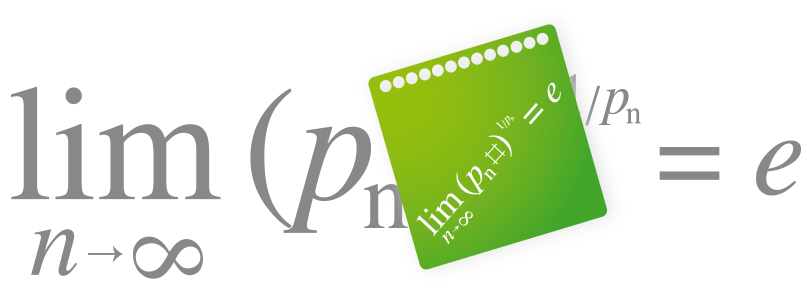Everett's Interpretation of Mirrors |
A brief reflection in the light of one of the oldest human chimeras: the concept of parallel worlds. |
|
All of us have looked many times into a mirror. In ancient times people thought that when looking at a mirror, looked mysterious and unknown worlds. But with the advent of rationality we were told that these images were not a reflection of the photons of light in the smooth surface of the mirror.
But what if the ancients were right? ...
According to the latest theories about the multiverse [1] is virtually an infinite number of copies of oneself in parallel universes, making it almost the same thing I am doing, only with slight variations in the worlds most similar, with large variations in other universes with the most divergent ours.
 |
The peculiarity of quantum processes suggests that the full potential of the wave functions are really achievable. Were these strange properties of quantum mechanics that led to physical Hugh Everett III (1930-1982) to formulate, in 1957, the Many Worlds Interpretation in a doctoral dissertation directed by Professor John Wheeler. (Note from the Editor). |
Everett's interpretation of the multiple universes in which each likely consequence of an event becomes a reality in one of the universes of the multiverse can be applied to the mirrors.
In fact when we look at a mirror we see one of those multiverse ultraparecidos to ours, but not exactly alike.
Hence, the reflections are for us the same, although there may be a slight variation experimentally detectable between reality and reflection in the mirror that could prove this theory.
Ultimately when we look in the mirror we see another person with his own life and existence in another universe, which at that time is very similar to ours, but in the future, ours and the reflection can be very different.
Of course some might say, "If I look every day and see the same person doing the same." Yes, but maybe we are not seeing the same universe, maybe every time we look we see a different universe. In addition there may be a link between worlds where there is a mirror in between.
So when we look at the sea surface, for example, and see the many reflections of the sun on it, we are actually looking through endless small windows to virtually infinite suns, clones from ours in parallel universes. Who could have imagined that looking at the sea surface would see the cosmos in all its grandeur. Perhaps the way to distant galaxies are much closer than we had imagined. Perhaps the myth of the magic mirror is not so crazy after all.
When we put two mirrors parallel to each other and put ourselves in the middle are many copies of us, maybe in this case can be checked more easily if there is a difference, however slight, between the various copies.
Thus the interpretation of multiple universes connected by mirrors seems entirely feasible.
Only subtraction (which is little) to transform this idea into equations and try to design an experiment ("parallel mirrors?) For testing.
A more general result in this line of existence of parallel realities would be what I call FUNDAMENTAL THEOREM OF THE COSMOS: Every effort there
This theorem merely follow the line that started with Newton unifying uniting heaven and earth in his theory of gravitation. Followed with Maxwel linking electricity and magnetism, Einstein's mass and energy, and subsequent unifications electroweak and grand unified theories.
This theorem combines two concepts, possibility and existence, that although in our observable universe can be two different concepts in the great multiverse of all parallel realities may be the same thing. |
REFERENCES:
[1] Parallel universes. Max Tegmark. Investigación y Ciencia, Julio 2003. |
|
|

